Local detergent firms vying for bigger market pie
 |
| Masan aims to turn NET detergent into increasingly popular brand among local consumers in the post M&A period |
The recent transaction of Masan HPC – a member of leading local conglomerate Masan Group – acquiring a 52 per cent stake in Netco shows that heavyweight local firms are getting interested starting in the domestic detergent market and are looking to reconquer their home turf.
Although Masan has yet to disclose details of its post-M&A business plan, it has taken steps to merge Netco into its already expansive network of 300,000 retail outlets and 3,000 VinMart and VinMart+ shops across the country.
With the move, Masan aims to turn NET into a popular brand in the country. The group also seeks to build a laboratory for the development of chemicals and cosmetics for family care this year.
Meanwhile, Lixco – a member belonging to state-owned Vietnam Chemical Group (Vinachem) – is gradually pivoting its business plan.
The company began processing products for US’ Unilever from 2000 which helped the firm achieve a 25 per cent growth in annual revenue.
Initially, processed items accounted for most of the company’s production, yet generating modest value.
Therefore, aside from processing, Lixco has made great strides to scale up its operations. After its equitisation in 2003, Lixco has embraced brand building and achieved robust growth in recent years.
Cao Thanh Tin, Lixco’s general director, stressed their priority for in-depth and expansive investment.
Currently, 43 per cent of the company’s revenue comes from traditional sales channels, with nearly 170 distributors. In addition, the company is pushing up direct sales to big supermarket systems.
Lixco is also producing custom brands for Co.op Mart, Mega Market, BigC, VinMart, and Lotte and developing a channel directly selling products to hotels, restaurants, and food shops (Horeca).
With a system of 100 tier-1 distributors and about 35,000 retail outlets, Lixco is solidifying its foothold in the market. As washing machines are becoming increasingly popular, consumers have been showing a preference for liquid detergents instead of traditional powder detergent products.
| As the market is near saturation point, detergent firms are splashing on marketing and image promotion campaigns to attract buyers. |
Well aware of this trend, Lixco has been focusing on promoting liquid detergents and its revenue from this segment made up 59 per cent of the company’s total revenue last year.
For its part, My Hao Chemical-Cosmetics JSC has decided not to process goods for foreign brands nor produce custom brands for supermarket chains.
Although Unilever had several times offered to buy the brand, initially for several million dollars in 1995, then for $10 million in 1998 and then $30 million in 2009, My Hao general director Luong Van Vinh remained unswayed in his refusal.
Vinh argued that My Hao might grab a score of processing orders at attractive rates if they accept working for Unilever or accepted the acquisition. However, later on, when the market turned down with lower purchasing power, or when partners scaled down orders, it would be extremely difficult to regain their market share.
“We might be losing our niche-market after a year or two after taking on processing contracts,” Vinh said.
In fact, during 2008-2012, each year My Hao injected money to bolstering its production lines as well as build its own detergent brand.
The firm has also worked on streamlining its distribution system, particularly traditional channels.
Statistics by the Vietnam Competition and Consumer Authority under the Ministry of Industry and Trade show that more than 98 per cent of the local detergent market was once in the hands of three leading players: foreign-owned Unilever Vietnam and P&G and local Lixco.
Later, with the emergence of numerous local brands, the market landscape underwent remarkable changes. Of the more than 30 local firms operating in this field, only a few have earned market share worth mentioning and won customers’ confidence (mostly in rural areas), such as Aba of Dai Viet Huong JSC, NET of Netco, and LIX of Lixco.
Unilever’s Omo brand is in the pole position, followed by Tide and Ariel of P&G.
In terms of regions, Omo is generally the most favoured brand in all three regions. Ariel is the second most popular brand in the north and the south, while in the central region Aba is second. Japan’s new brand Attack is in the fourth position in the northern market.
Brands like Omo, Viso, and Surf have been gaining market dominance based on two factors: their strength as foreign brands and the plentiful support from local firms as processing companies.
What the stars mean:
★ Poor ★ ★ Promising ★★★ Good ★★★★ Very good ★★★★★ Exceptional
 Tag:
Tag:
Related Contents
Latest News
More News
- Trump's trade policies could shape Vietnam's economic outlook: Dragon Capital (November 15, 2024 | 16:56)
- Prioritising corporate governance for Vietnam’s sustainable growth (November 14, 2024 | 16:50)
- Vietnam eyes nuclear revival to bolster energy security (November 14, 2024 | 16:46)
- German businesses explore investments in Dong Nai (November 08, 2024 | 18:02)
- Vietnamese consumer sentiment outperforms regional averages (November 08, 2024 | 18:00)
- Exchange and interest rates forecast to remain stable after US election (November 07, 2024 | 14:04)
- Industrial real estate stocks benefit from US election results (November 07, 2024 | 13:56)
- 2024 sees $1.41 billion in fintech funding so far (November 07, 2024 | 08:13)
- Trump at 266 electoral votes, Harris at 195: US media (November 06, 2024 | 14:30)
- Hanoi targets digital and high-tech investment with upcoming event (November 06, 2024 | 13:28)




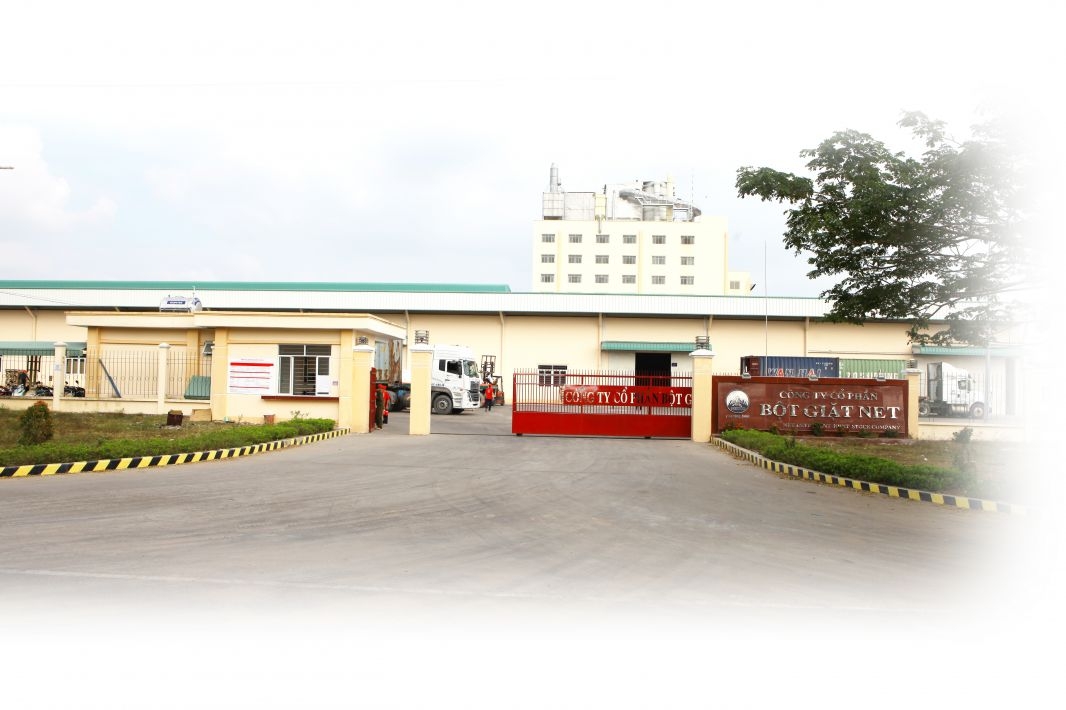
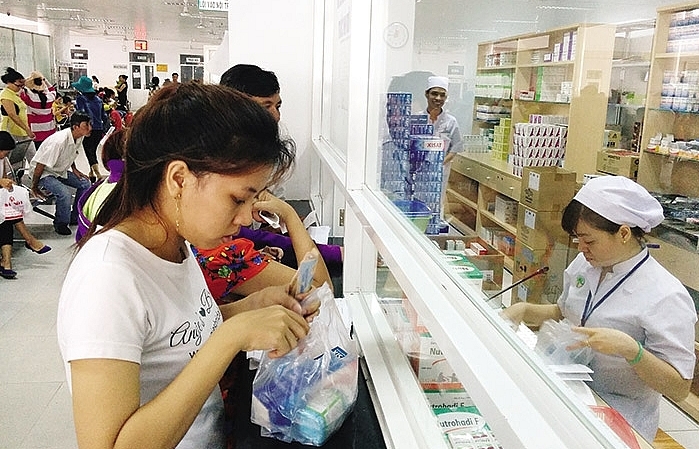
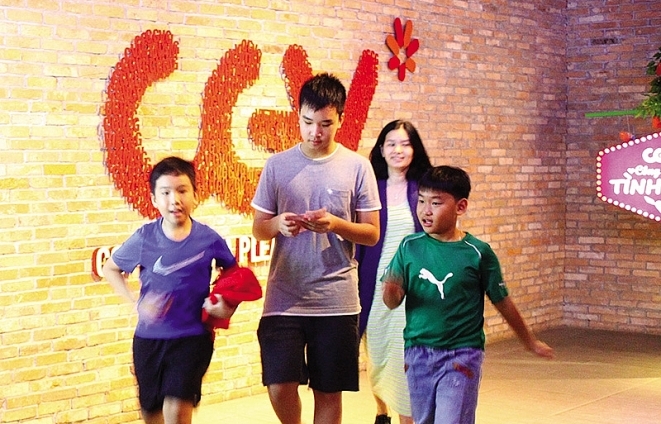
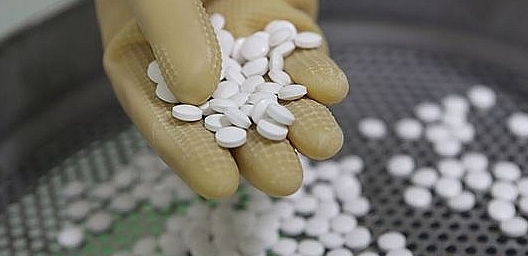
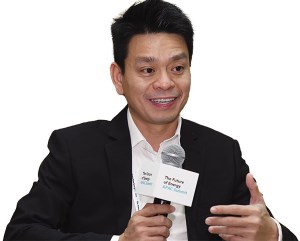


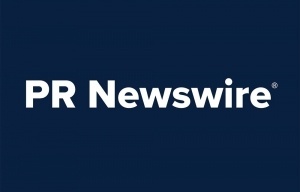
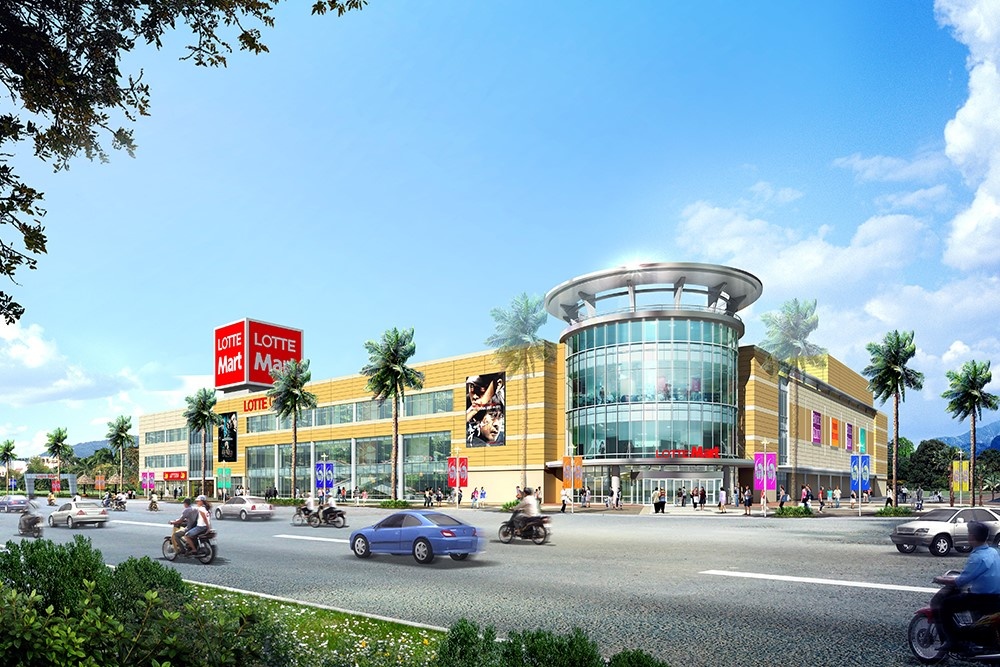
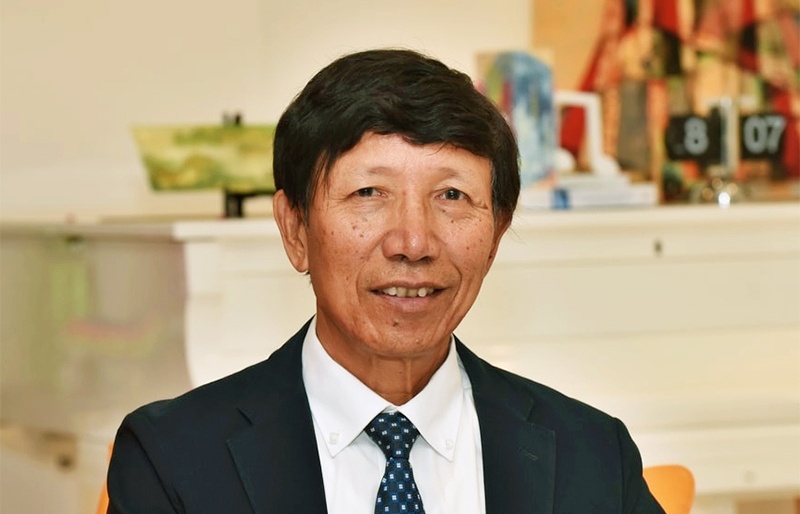

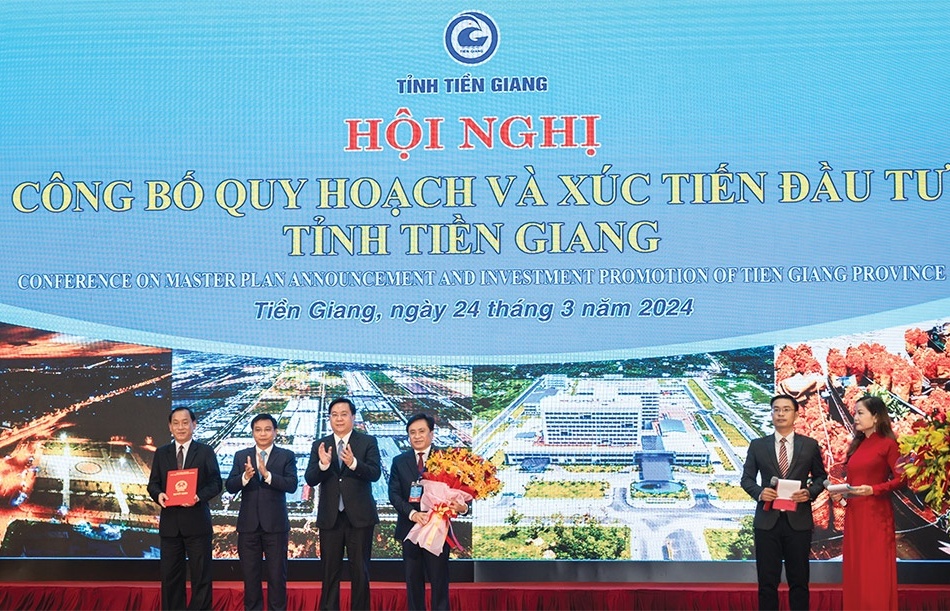


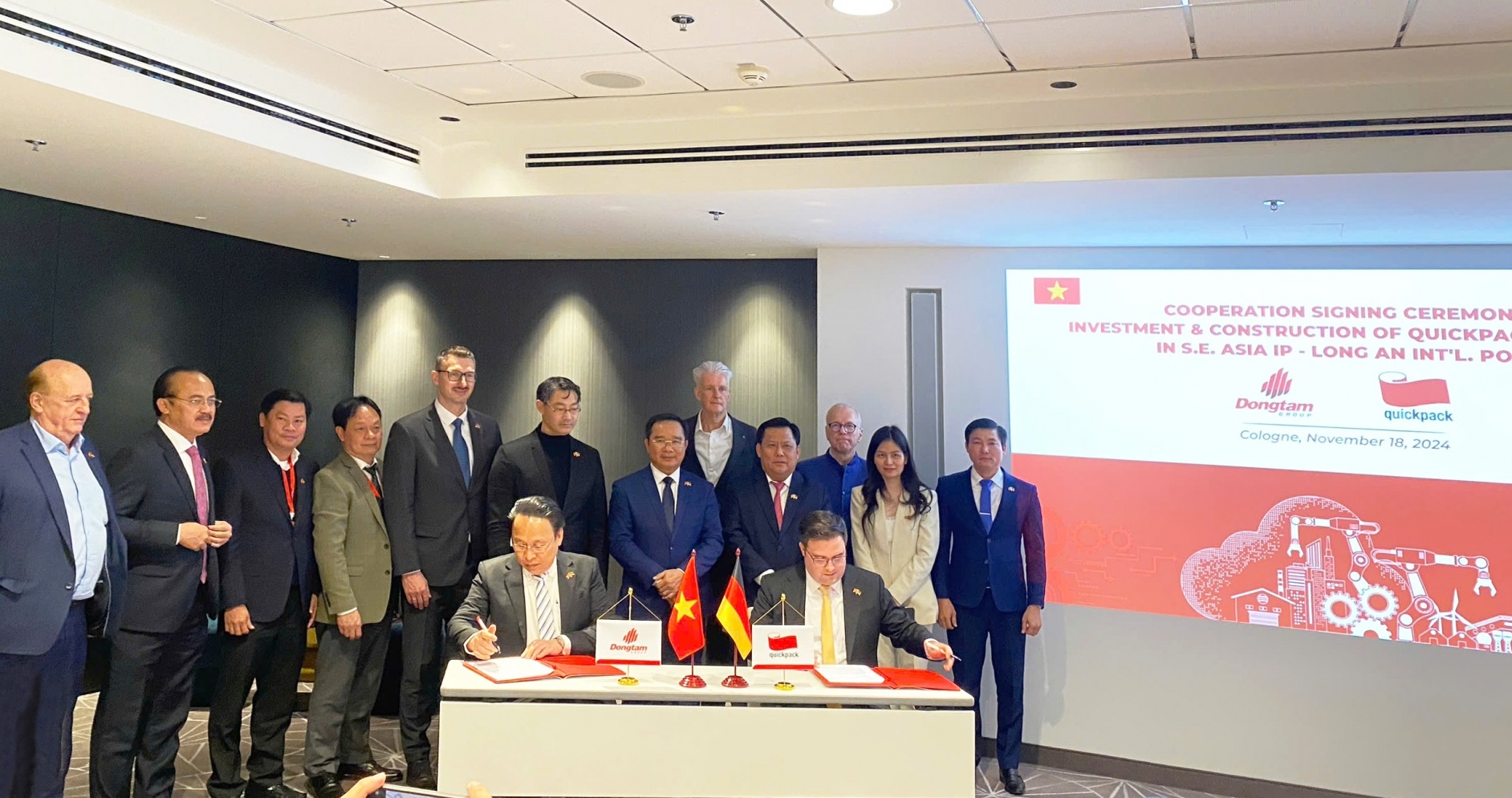
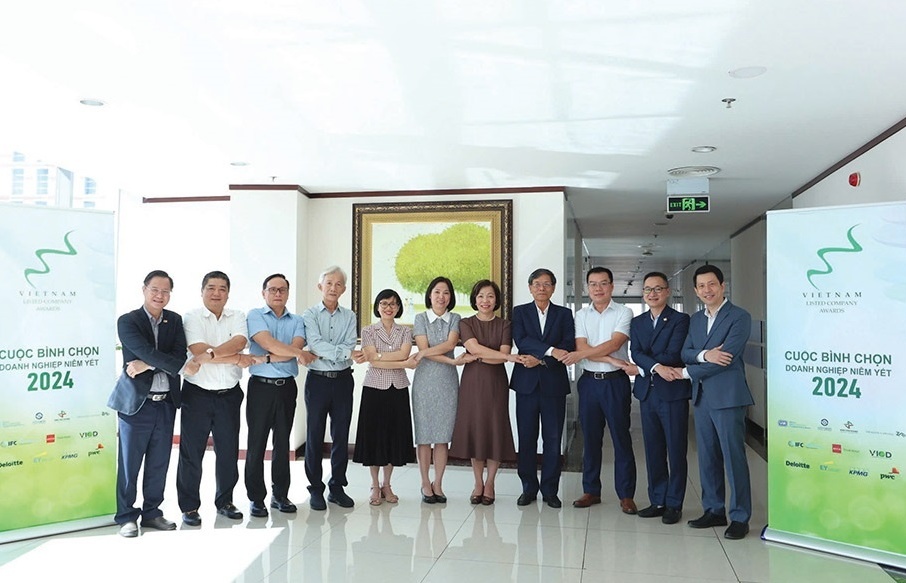









 Mobile Version
Mobile Version